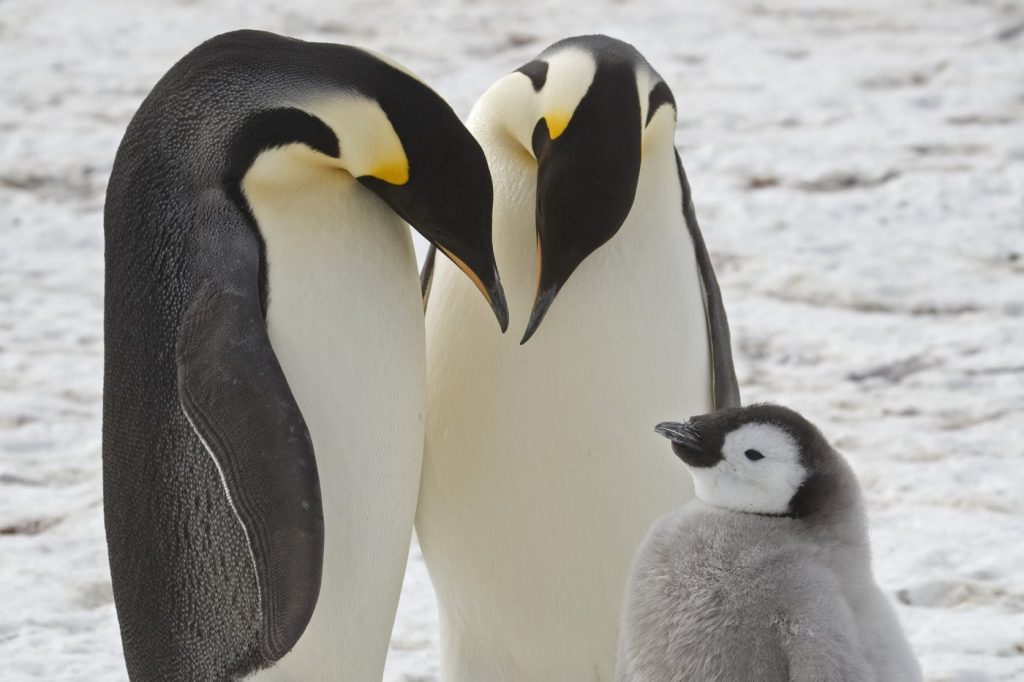The population of emperor penguins in a specific region of Antarctica is experiencing a more rapid decline than previously estimated, according to a recent analysis of satellite imagery. This new information, released on a Tuesday, highlights that the population of 16 penguin colonies has decreased by 22% between the years 2009 and 2024. The main contributing factor to this decline is climate change, which is leading to a reduction in the available sea ice that the penguins depend on for survival.
The analysis utilized satellite photographs to assess the penguin colonies, but scientists are still uncertain whether this decline is representative of emperor penguins across the entire continent of Antarctica. Peter Fretwell, a researcher from the British Antarctic Survey who contributed to the study, emphasized the critical role that sea ice plays for the penguins, stating, "Sea ice is very important for the penguins because they breed on sea ice and forage on sea ice."
Prior to this analysis, it was estimated that the total emperor penguin population across all of Antarctica had declined by approximately 10% over the last 15 years. The scope of the latest survey covered significant areas including the Antarctic Peninsula, the Weddell Sea, and the Bellingshausen Sea, giving a clearer picture of the challenges these penguins are facing.
Daniel Zitterbart, a penguin researcher affiliated with the Woods Hole Oceanographic Institution, was not involved in the study but expressed concern over the findings, stating, "It's absolutely alarming that the numbers are so much worse than predicted." This highlights the increasing urgency for further research and conservation measures as the situation evolves.
The accuracy of the population estimate does come with certain uncertainties. The analysis relies on a method for calculating penguin density based on how clustered they are in areas detected in single satellite photographs taken each year. The colonies examined in this study represent about 30% of the total emperor penguin population, which is exclusive to Antarctica.
Additionally, the loss of stable sea ice could be influencing the emperor penguins beyond just their breeding grounds. Fretwell noted that earlier breakup of sea ice in the year could potentially allow more predators, such as leopard seals and orcas, to encroach closer to the penguin colonies, thereby increasing the predation threat. Furthermore, warming ocean temperatures and alterations in rainfall patterns may adversely affect the survival rates of penguin chicks, compounding the challenges these species face in a rapidly changing climate.
This newly released information underscores the precarious situation facing emperor penguins in Antarctica, prompting calls for closer monitoring and intervention strategies to help mitigate the impacts of climate change on these iconic creatures.












